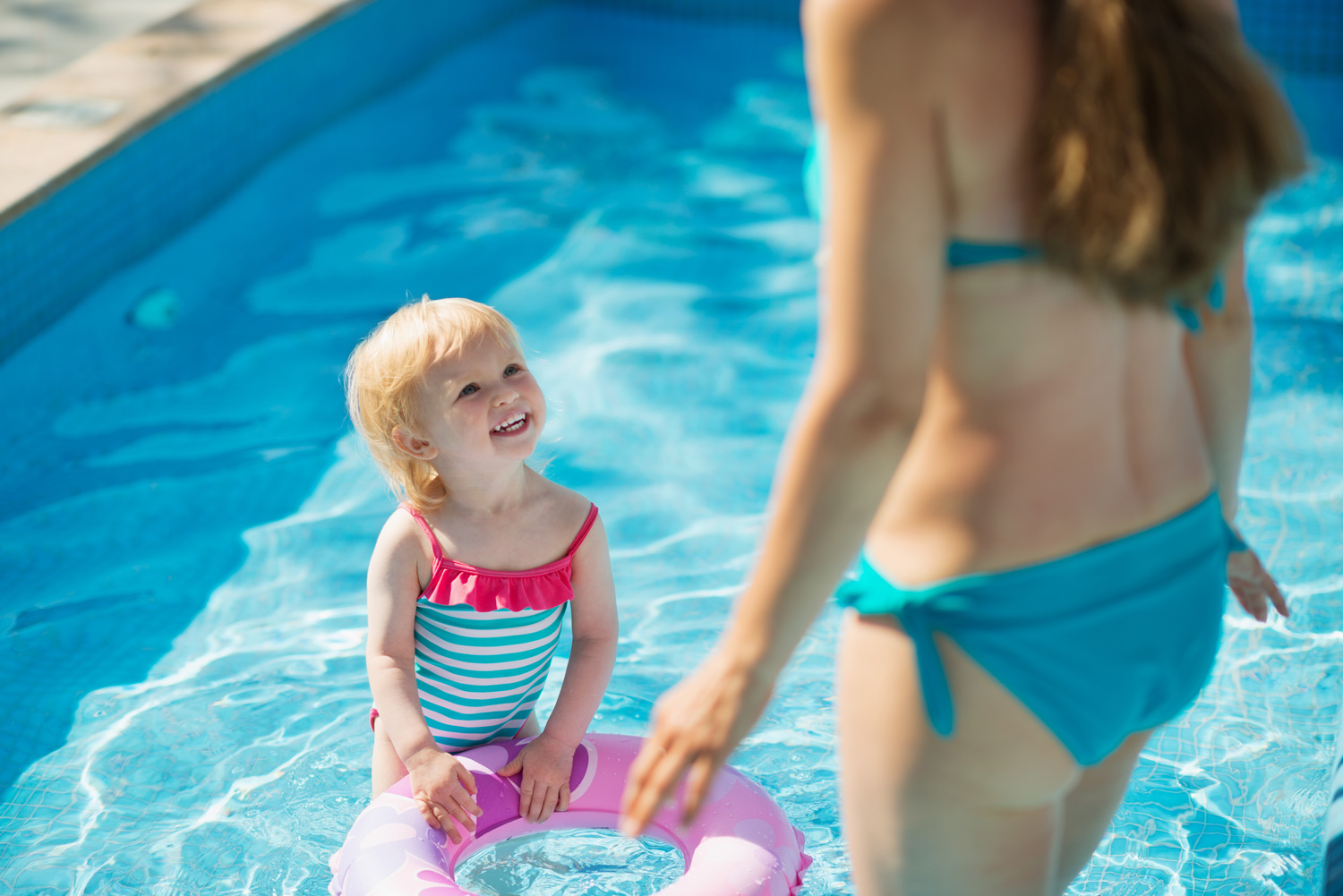

1. Always Have Adult Supervision of Children In and Around the Pool
An adult should be dedicated to supervise children at all times when they are playing in and around the pool. The designated supervisor should remain close to the pool and attentive to everything going on. The adult supervisor should only leave if another adult is present to take his or her place.
2. No One Should Swim Alone
Regardless of whether you’re a great swimmer or not, and no matter how old or young you are, no one should ever swim alone. Accidents can happen to anyone at any time. But when they happen in the pool, the result can be tragic.
3. Have Safety Equipment Nearby and Easily Accessible at All Times
Hopefully you never have to use it, but when you do, every second counts. Safety equipment that isn’t used for a long time can become buried behind pool toys, equipment or furniture. Make sure it is always visible and nothing is in the way to stop or slow you from getting it.
4. Plan & Practice Emergency Procedures
It will help improve your response to an emergency if you plan your procedures and practise them before an emergency happens.
5. Establish Rules & Safe Behaviours
Whether it’s ‘no running on the deck’ or ‘stay away from the drain covers in the pool’, you should write down rules and safe behaviours and make sure everyone understands them. Remember to think about every circumstance, including:
a. Get out of the pool if you hear thunder and/or see lightning and stay out for at least 30 minutes after the last thunder and lightning you see or hear. b. No running on the pool deck or near the pool. c. Safe diving rules
6. Regularly Check the Fence Around the Pool
Children can get through surprisingly small openings when they are motivated. And small openings can open up in many types of pool fencing. When you’re inspecting the fence, don’t just look for a gap, but think like a child and look for a way to get in the pool.
7. Keep the Water in the Pool Clear
You should measure and maintain proper chemical levels in your pool regularly, even daily if that’s how often the pool is used. Also check that the water is being properly circulated and filtered. Clear pool water is free of organic material that can cause earaches, rashes and eye irritation. Clear water also improves visibility while swimming underwater, which reduces the chance of an accident.
8. Put Away Pool Toys When They Are Not in Use
There’s nothing more inviting for a child than a colourful toy bobbing invitingly in the pool. Even toys left on the deck can draw children closer to the pool when no one’s around.
9. Consider CPR & First Aid Courses
This might not be a rule, but it will improve the safety of the pool. The pool owner or the adult who is most often the dedicated pool supervisor should take at least basic first aid and CPR courses and refresh them regularly.
10. Be Careful During Parties
Pools aren’t just for kids. Entertaining by the pool is a great reason for getting the pool in the first place. But the spirit of the party can take your focus away from the pool. And the spirits of the party can affect your guests’ better judgement.
When you’re ready to open your pool this spring, give us a call here at Aveco Pools.